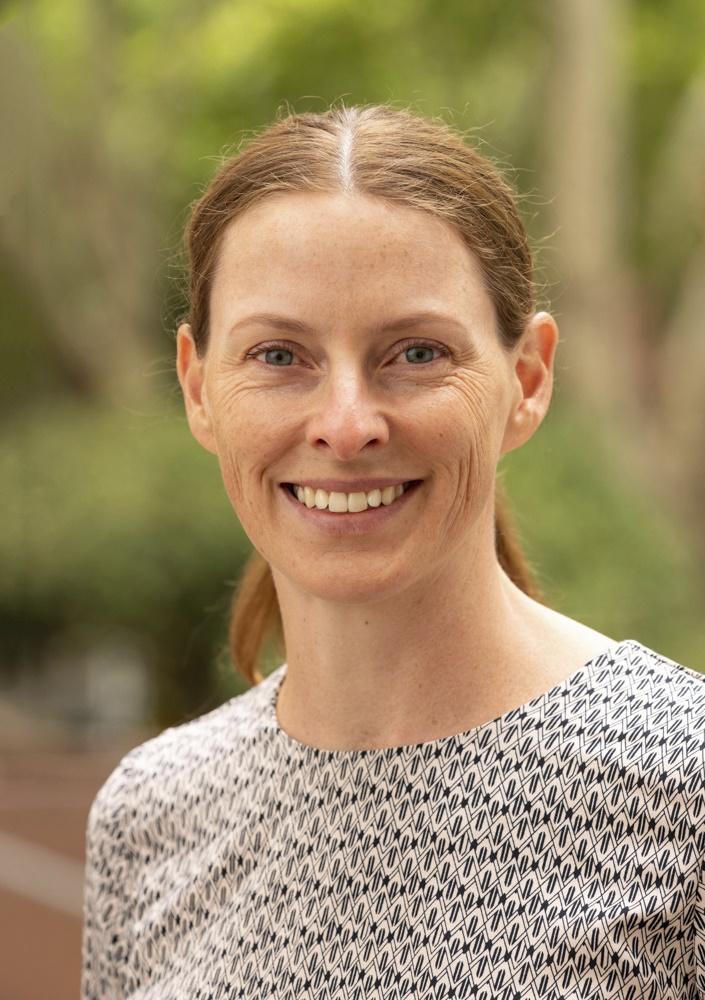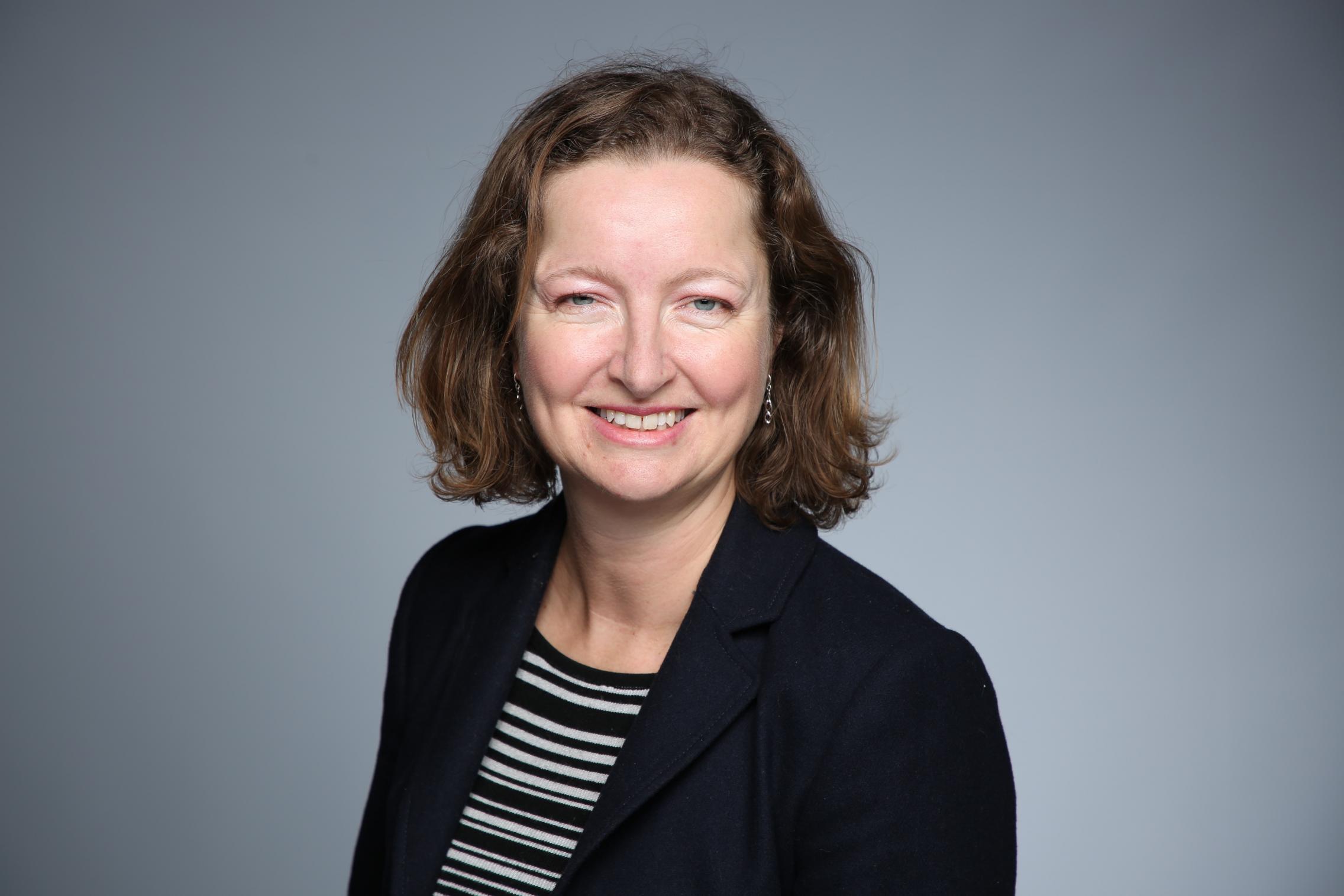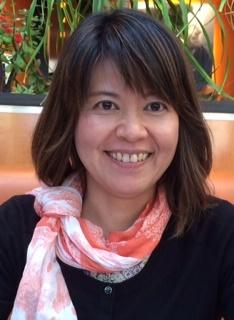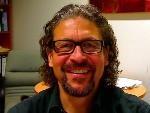This is how I teach
This month we spoke with the four recipients of the 2021 Stephen Cole the Elder Award for Excellence, Professor Joanne Bowen (School of Biomedicine), Professor Natalie Edwards (School of Humanities), Kayoko Enomoto (School of Social Sciences) and Dr Thomas Wanner (School of Social Sciences), about their passion for teaching and their hopes for their students.

Professor Joanne Bowen
What do you like most about teaching in your discipline?
Joanne: What I like most is the ability to have a really positive impact on emerging researchers through my role as a HDR supervisor and postgraduate coordinator. I get to take the journey of scientific discovery and personal growth with each of my own students, as well as the students I help to navigate through milestones in other groups. It is a privilege to be surrounded by these truly innovative and passionate students, as well as the other supervisors and postgraduate coordinators that support research in our university.
Natalie: I love seeing the breadth of research undertaken by HDR students across the Arts. Every project is unique, and every student is unique too. I’ve worked with students who have come straight from Honours, students who have returned to study after full-time work, students who pursue their life-long dream of doing postgrad research in retirement, and even an 86-year-old who obtained a PhD! It’s a special privilege to evaluate their applications, to see them at the Welcome Event, to follow their progress and to see them walk across the stage of Bonython Hall at the end.
Kayoko: I like the fact that language study effectively cultivates intercultural competence and communication skills in students, necessitating reflection on their own linguistic and cultural values and assumptions. Students in Japanese courses are from a wide range of undergraduate programs such as Engineering, Computer Science, Sciences, Commerce, Arts, Media, Teaching, Law and Music. In addition, around 35% of students enrolled in Japanese are international students from different linguistic and cultural backgrounds. I very much enjoy teaching this unique cohort and I strive to facilitate the integration of students from various backgrounds into one inclusive and friendly learning group that shares one goal: learning Japanese.
Thomas: I think it is a privilege to be able to teach the issues I have been passionate about since my teens such as global poverty, inequalities of wealth, social and international justice, and the environment. What could be more rewarding then working with my students on these global challenges, and being able to contribute to their understanding of how power relations operate and shape the world? I love the interaction and discussions with my students as it shows me that there are so many incredible young people who want to be ‘agents of change’ for a better, more sustainable and equitable world.

Professor Natalie Edwards
How would you describe your approach to teaching/your teaching philosophy?
Joanne: I would describe my approach to supervision as being highly personalised to each student and one that aims to open as many doors as possible through broadening experiences. I also support the establishment of a safe and inclusive work culture for all students through mutual respect and facilitating the building of friendships and research collaborations.
Natalie: My philosophy stems from McCulloch and Picard’s theorization of the major change in doctoral education in the last 20 years. We used to consider the thesis as the main objective of a PhD and examine the written work based upon its contribution to knowledge. Now, the objective is now closer to producing “autonomous researchers” who have the skills/knowledge to contribute to their fields and to work in diverse settings. My philosophy is bolstered by Harland’s research into students’ professional development; I believe that it is crucial for students in all disciplines, but especially in the Arts, to be prepared for a variety of professional directions following their postgraduate training.
Kayoko: I adopt a teaching philosophy that enables language students to recognise and use their knowledge of a second language – Japanese – as a learning tool for gaining new knowledge, rather than just as a learning goal in its own right. With this teaching philosophy, I inspire and facilitate students to become ‘active creators’ instead of ‘sole consumers' of the language content they are learning in the classroom. My teaching enhancement initiatives typically involve learning theory-led curriculum design, which systematically integrates language-specific (Japanese) and employability (transferable) skills development.
Thomas: As we all know, excellent teachers touch your heart and mind, and make you want to learn and be engaged. My approach to teaching is therefore simple: I want to be an excellent teacher for my students. For that, I see my students as partners and co-creators, personalise learning (e.g. through provide flexible and personalised assessment) and help students to feel empowered and involved in their learning. I believe that learning happens best in a fun and stimulating learning environment which I try to provide in every course. Most importantly, I care for my students as individuals and make an effort to develop a positive relationship with them from the start of each course (e.g. by learning their names; regularly checking on their progress and well-being).

Kayoko Enomoto
What is your favourite way to use technology to enhance learning?
Joanne: Conducting research during a pandemic is very challenging. During the work-from-home period our group set up Slack channels to communicate quickly in a less formal manner than email. We used this to share our experiences and review emerging literature. We also started a lab Twitter page to celebrate successes and expand our networks. Using social media platforms has been a great approach to support my ability to supervise my students effectively and foster stronger connections.
Natalie: While this question relates more to undergraduate teaching, one of the main technological tools available to me as a supervisor and as Director of Graduate Studies in Arts was the Supervisor Register. I used the register as a mentoring tool, since it provided me with information about which supervisors were performing outstandingly, and which could benefit from support. I mentored several supervisors individually and in groups through my informal peer mentoring sessions, the ‘Supervision Series’. I also developed and co-lead the HDR Community of Practice to mentor supervisors from across our University in this important aspect of our work.
Kayoko: Creation of reflective video blogs in Japanese as a major assessment task. The objectives of such a video creation project are: i) to showcase creativity using Japanese language and translation skills (as English subtitles in the video) through the use of digital media; ii) to practise reflection skills to effectively evaluate, analyse and think critically; and iii) to develop intercultural communication skills and digital literacy using Japanese.
Thomas: I do not believe that technology enhances student learning. In fact, it is often in the way of student learning, such as having more and more learning activities via ZOOM or having lectures only recorded but not personally delivered. For me technology is a helpful tool to structure my teaching (e.g. through Learning Modules on MyUni), to communicate with my students regularly, and to manage teaching and learning. Students themselves do the learning. My favourite technology at the moment is Padlet which I have used first during my Vietnam Study Tour. It is a fabulous collaborative tool for students. Padlets are also great because the collective knowledge gathered in tutorials is never lost and always available for the students.

Dr Thomas Wanner
How does your teaching help prepare students for their future?
Joanne: My supervisory practice emphasises employability and getting noticed in this highly competitive job market. I work with students to develop clear strategies matched to their aspirations and then support them to execute that plan with achievable goals.
Natalie: I consider it my responsibility to create as many professional opportunities as I can for my HDR students. All my students get a teaching experience and I mentor them personally in that experience. Moreover, I am very attuned to the need for postgraduate students in the Arts to be exceptionally well trained and prepared for careers within and beyond academia. I welcomed the Industry Engaged PhD and actively promote industry partnerships for students in the Arts: with museums, art galleries, schools, environmental agencies and writers’ associations, for example.
Kayoko: My approach has the explicit goal of concurrently enhancing both students’ learning of Japanese and employability skills through the design of learning activities. This double-tasking approach, that I employ in the design of my language teaching activities, ultimately helps enact the goals of the University Strategic Plan – Future Making, especially through internationalisation of the curriculum and fostering global citizenship in students. In my particular Japanese language teaching context, I have focused largely on developing the following employability skills areas clearly aligned with the University Graduate Attributes: teamwork and communication skills, intercultural competence, digital capabilities using Japanese, and capacity for lifelong learning.
Thomas: I like to think that my teaching helps students to be better prepared for their future because a crucial component of my teaching pedagogies and practices is to develop them as independent critical thinkers and problem-solvers. They work in teams on real-world case studies to develop the confidence, knowledge and skills for positive changes. Students need to feel that they are valued as a person and that their skills, knowledge and contributions to society are important. I hope my teaching can help in small ways to achieve that.
